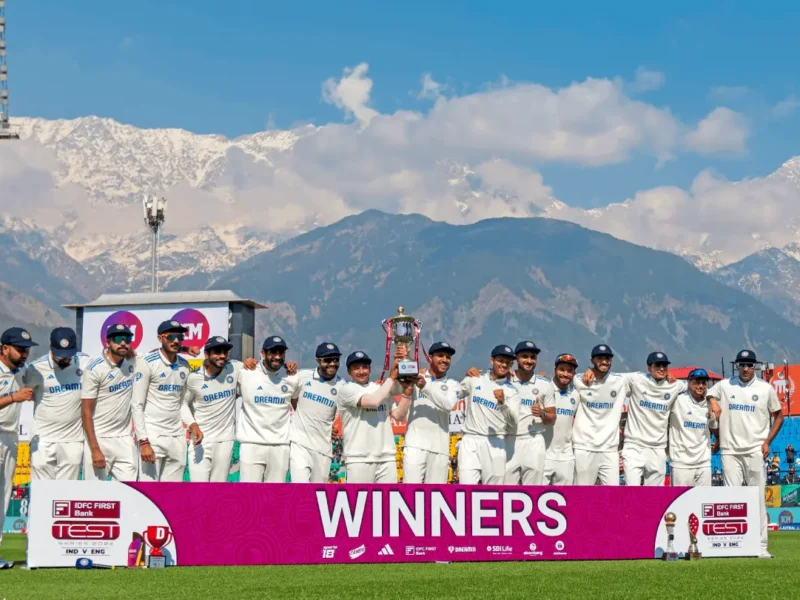
Reclaiming Gandhi
By NEERA KUCKREJA SOHONI
In the spate of violence that followed the unforgivably savage death of Floyd George from being suffocated by a cop, not just the police but the entire American system came under fire. In addition to rioting and burning in cities across the US, enraged protestors inspired by Black Lives Matter directed their anger to long cherished statues and monuments.
Suddenly America’s past became a matter of shame and not glory. Even Gandhi was not spared, as his statue lay defiled and toppled because of his disparaging views of Blacks.
For some time now, revisionists in academia and public life have steadily sought to de-idolize Gandhi. He was always considered quaint for his vegetarianism and sparse way of life, but in recent years he is becoming an outcast. Among others, he is slighted for his sexual deviance by sleeping nude with young girls, including with his niece. Between the charges of racism and sexual perversion, his larger nobility and unique imprint on all times is consigned to the dustbin not of history but of our own biased minds.
Gandhi was born in colonial India when its people’s spines were weak or entirely missing. He understood early that we were rich in numbers but unmatched in military power. What would help fill the chasm is if we gathered the will to stand up to alien rule, and to seek freedom not with weapons but with the sheer force of determination and courage.
The path to that reckoning came via South Africa where he landed in 1869 as a young lawyer to render legal assistance to the Indian community residing there to challenge discriminatory laws against them.
He first tasted the soul-crushing impact of racial segregation and discrimination when at his maiden appearance in a Durban courtroom, he was ordered to remove his turban. Gandhi took the high road. He refused to do so and left the court, only to be branded in the local media as “an unwelcome visitor.”
A few weeks later he experienced fresh humiliation when, despite having a duly purchased first-class ticket but because a white man objected to his presence, he was asked to leave the compartment and move to the rear of the train. His refusal caused his forcible eviction from the train.
The gross unfairness he had been selectively shown made him a life-long advocate of fairness for all.
He resolved to devote himself to fighting that “terrible disease of color prejudice” and to commit himself “to suffer whatever hardships came his way”.
He spent the remaining years of his stay there in exploring and testing concrete ways to fight racial discrimination. Reading Thoreau’s views on civil resistance and Tolstoy’s on peace along with sacred texts of Hinduism, Christianity and other leading religions convinced him that the path to resistance had to be peaceful. His kind of warfare, he decided, would rely not on weaponry but on disciplined individual courage.
He used that approach for the first time in South Africa to lead the Indian community in mass peaceful protests. The violence inflicted on peaceful protesters by the Transvaal government and the resulting negative global media coverage caused the regime to withdraw the oppressive discriminatory laws against Indians.
The efficacy of peaceful protest was proven. Gandhi was ready to apply it to India.
For the following decades until and even after India became free in 1947, he led the masses along the path of peaceful resistance. The belief underlying this novel method of protest was simple, namely, that an oppressor can fight peaceful protesters with weapons only so far, but then, brutality overtakes the oppressor’s credibility eventually causing the oppressor to give up.
As a soldier of peace, Gandhi did not permit people – white or black – to take even a single adversary’s life whatever the extent of oppression, or to attack places of worship and followers of different faiths. He strongly opposed tearing down British Raj structures and buildings or setting fire to British soldiers and civilians.
He took personal responsibility for any violent and deviant act committed by his followers. If Muslims were slaughtered or Hindus butchered, Gandhi went on a hunger strike, fasting without food and water, until peace was restored. Beaten and arrested time and again along with his followers, he never surrendered to violence or retaliated with aggression, a lesson extremist groups and violent protesters on right and left can well imbibe today.
The soldier of peace was also required to be an angel of love and mercy, and to feel and convey equal love of all human beings. No one in Gandhi’s approach was or is less or more “touchable” and “untouchable”. We are all equal before God, and therefore before laws made by humans. His notion of equality encompassed all regardless of race, classes, faith or gender.
In the present volatile context of Russian aggression and unprincipled annexation of parts of Ukraine, and its impending threat to use nuclear weapons, Gandhi’s message of non-violence might seem to be a misfit, but it should not be dismissed. Ukraine’s courage is unmistakable, perhaps even exemplary. But to arm it indefinitely seems to be fuelling rather than defusing the war. It is not foolhardy to hold that unless the world as one sits down to mediate between the two nations, it risks being blown up.
More than derision and pity we need to reclaim Gandhi.
(Sohoni is a CA-based published author)




